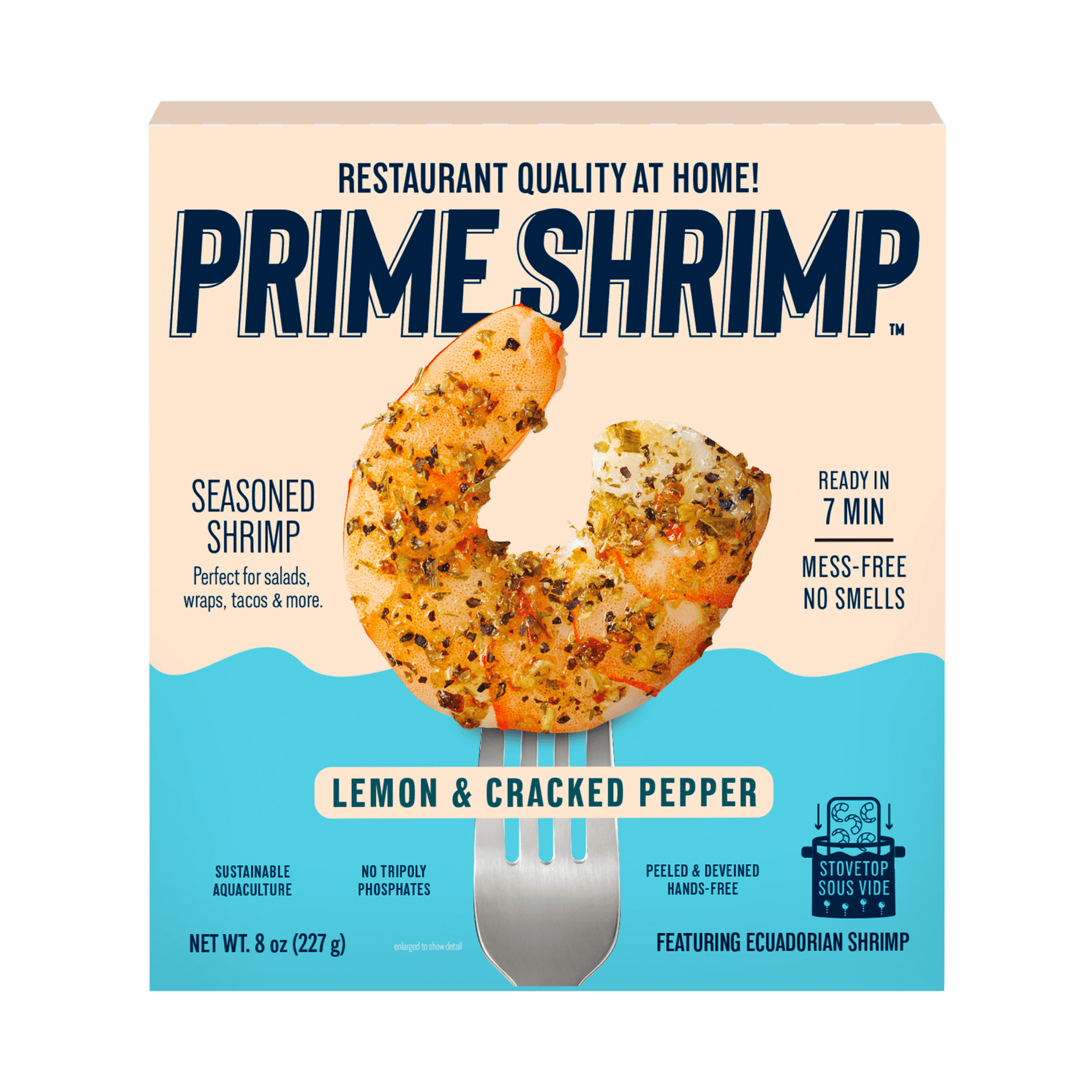

The Nutritional Value of Seafood: Why Restaurant Menus With More Seafood Options Attract Customers
The current restaurant landscape is more competitive than ever. To stand out from the crowd, restaurant managers and food service leaders must create menus that not only provide a wide range of options, but also offer benefits to the patron that go beyond flavor. In fact, more than 80 percent of U.S. consumers reported that healthy options on the menu played some role in their decision when choosing a restaurant.
With this in mind, restaurant owners and food service leaders should prioritize diversifying their menus with nutritious options. As they do so, seafood – namely shrimp – is a key tool they can use to add unique choices, nutritious plates, and perceived value to their menus.
Seafood as a Nutritional Powerhouse
Seafood is known for its exceptional nutritional value, providing high-quality protein, essential vitamins (such as B12), important minerals (like selenium and zinc), and omega-3 fatty acids (EPA and DHA). These nutrients are crucial to overall health, including heart health, brain function, and immune support. Seafood is the primary source of omega-3 fatty acids, particularly EPA and DHA, which are associated with reduced risk of heart disease and cognitive decline. Because of its nutrient dense nature, regular consumption of omega-3-rich seafood can have significant health benefits .
Seafood also provides a high-quality source of complete protein, with all essential amino acids. Plus, it’s easier to digest than red meats and poultry , with lower comparative calorie counts. Most lean fish (such as cod, flounder, and sole) contain 100 calories or less per 3-ounce cooked portion. Even fattier fish (like mackerel, herring, and salmon) have around 200 calories in the same serving.
To meet the growing demand for health-conscious menu options, restauranteurs and foodservice operators should consider the nutritional balance of their menu items. It is essential for restauranteurs to have a comprehensive understanding of how seafood options compare to other proteins on their menus. Finding the right balance of flavor profiles and proteins is a crucial step in maximizing any menu’s revenue potential.
Share:
More News
-

Mahana Fresh Easily Adds Shrimp to Fast-Casual Hot Line Using Prime Shrimp
Looking for new proteins to enhance their menu and entice new customers, Mahana Fresh partnered with Prime Shrimp to create a limited time offer featuring four unique shrimp dishes. The offer performed so well, Mahana Fresh has brought Prime Shrimp on as a permanent menu item in their locations.
-

The Nell Shell Uses Prime Shrimp to Expand Menu, Overcome Space Constraints
With a small space but a large following, The Nell Shell—a seasonal pop-up takeout restaurant specializing in lobster rolls and tinned fish—was looking to expand their menu of lobster rolls with a more affordable, divergent seafood offering. Prime Shrimp’s sous-vide pouches allowed them to easily add 3 new sandwiches to menu, delighting customers while maximizing space.
-

Prime Shrimp’s Sous Vide Pouches Set Sail on the Steamboat NATCHEZ and Riverboat City of New Orleans
By choosing Prime Shrimp over a traditional IQF or bulk-frozen shrimp, New Orleans Steamboat Company was able to add multiple shrimp options to their menus, guaranteeing the same profit margins across a variety of dishes and event types.











